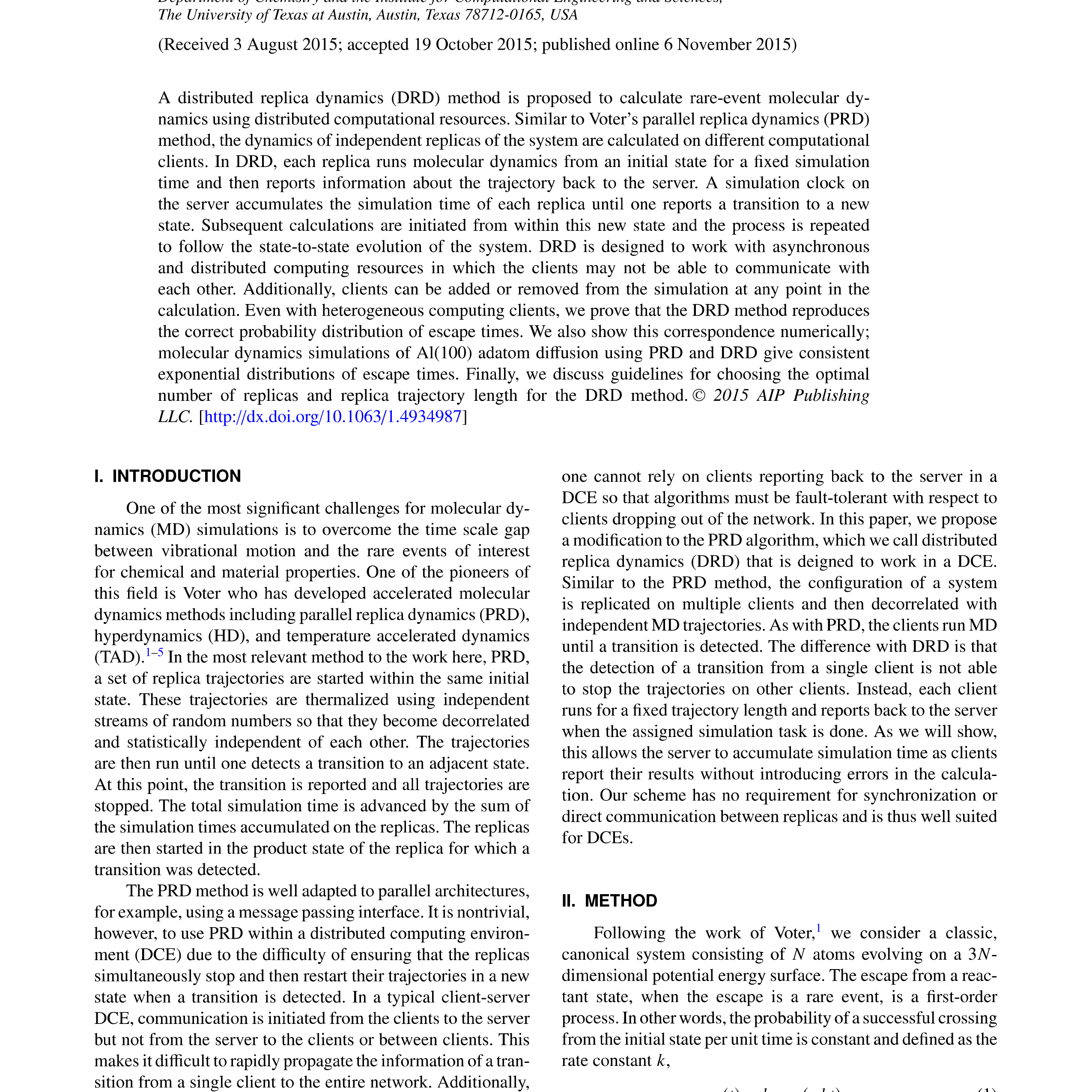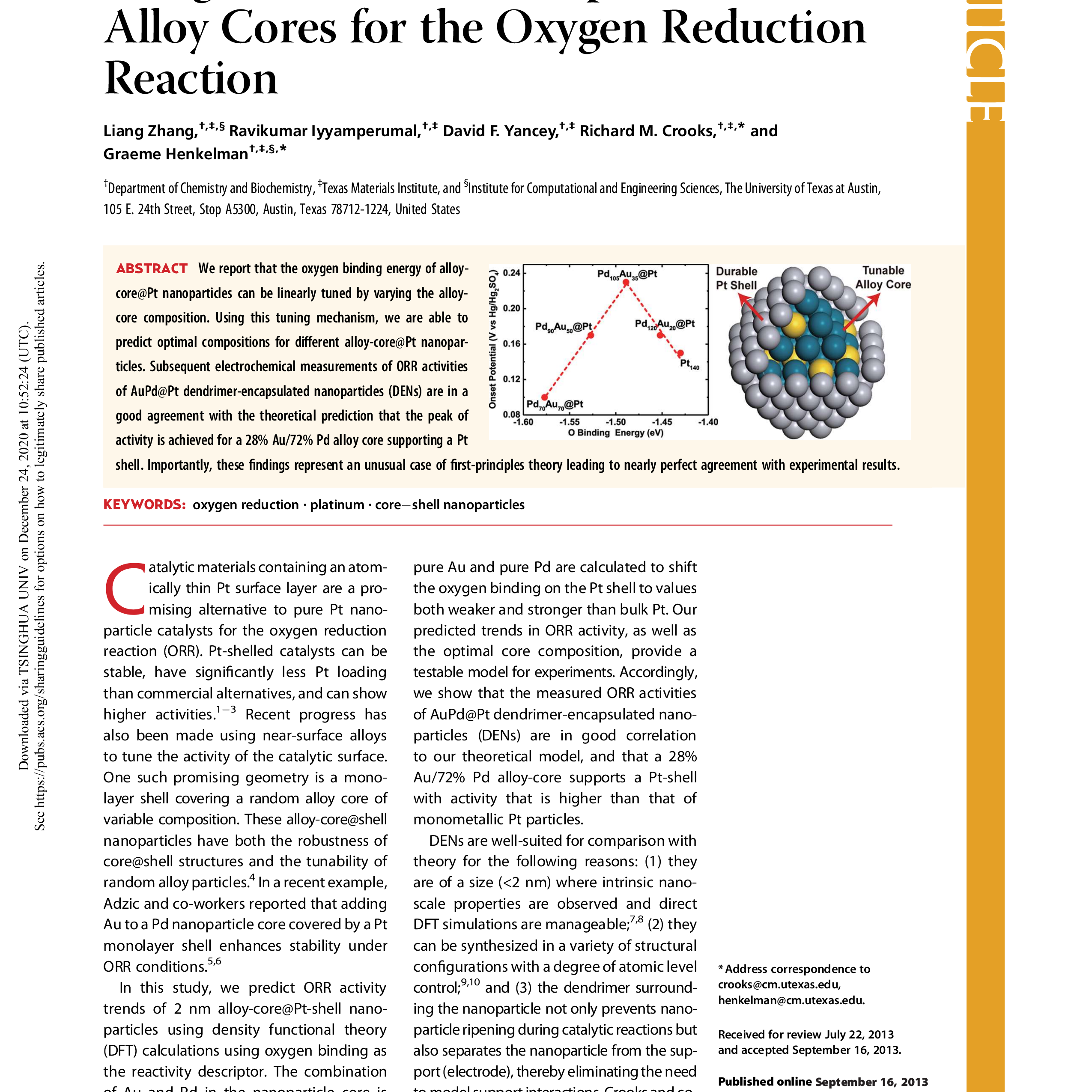The alloy-core@shell nanoparticle structure combines the advantages of a robust noble-metal shell and a tunable alloy-core composition. In this study we demonstrate a set of linear correlations between the binding of adsorbates to the shell and the alloy-core composition, which are general across a range of nanoparticle compositions, size, and adsorbate molecules. This systematic tunability allows for a simple approach to the design of such catalysts. Calculations of candidate structures for the hydrogen evolution reaction predict a high activity for the PtRu@Pd structure, in good agreement with what has been reported previously. Calculations of alloy-core@Pt 140-atom nanoparticles reveal new candidate structures for CO oxidation at high temperature, including Au0.65Pd0.35@Pt and Au0.73Pt0.27@Pt, which are predicted to have reaction rates 200 times higher than that of Pt(111).






